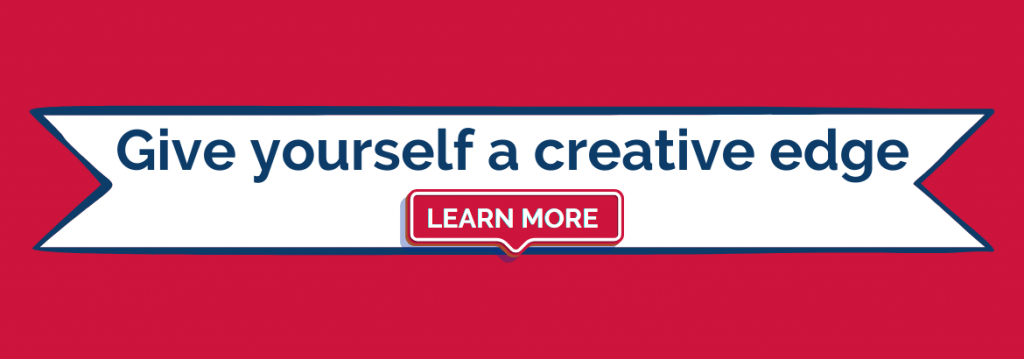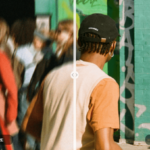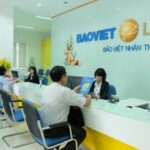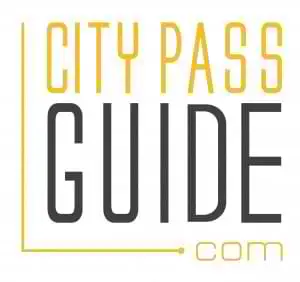Cao Giỏ (rubbing or coining) is a traditional, ancient traditional technique used to treat illness. In China it’s known as Gua Sha, in Indonesia it’s referred to as Kerikan, and in Vietnam, it’s called Cao Giỏ. This exercise is a great way to cleanse the body of “heatiness” and “negative energy” so that you can live with more peace.
How is the traditional medicine of Cao Giỏ (rubbing or coining) being used?
In Vietnamese, to catch a cold is called trúng gió. It’s similar to “catch the wind” in English, which means to get sick. Cao Giỏ, which literally translates as “heaven and earth”, is a traditional folk healing method that dates back to the time of the first Vietnamese emperors. It is mostly used in a familial environment or in Vietnam’s countryside as a traditional way to medicate a patient, typically due to the absence of a licensed doctor.
How is coining it done?
Cao Gio (rubbing or coining) is performed by taking a hard object with a smooth edge such as a coin and rubbing it along the skin in a linear fashion until the bruise is present. This can be painful as the bigger the bruise, the more effective this practice is thought to be.
Coining uses a coin and balms or oils such as tiger balm or camphor, methanol, wintergreen oil, and cinnamon oil. Oil is applied to the patient’s skin and then a coin is rubbed firmly in a linear motion along the spine and ribs until blood is visible under the skin. Coining is used to treat fever, headache, stiffness, dizziness, vertigo, cold, flu, and nervousness.
Contraindications to coining treatments include those with heart disease, hypertension, and skin disease as well as pregnant women, young children, and those prone to easy bleeding.
What type of lesions are created by Cao Gio (rubbing or coining)?
The bruise should not be blanchable (i.e. when you press the redness doesn’t go away). Normally, it’s best to make lines that are spaced so there are no words that run directly into each other. No petechia or other skin findings should be noted between these lines (unless there’s another cause for the rash).
What other findings to look for to confirm Cao Gio (rubbing or coining)?
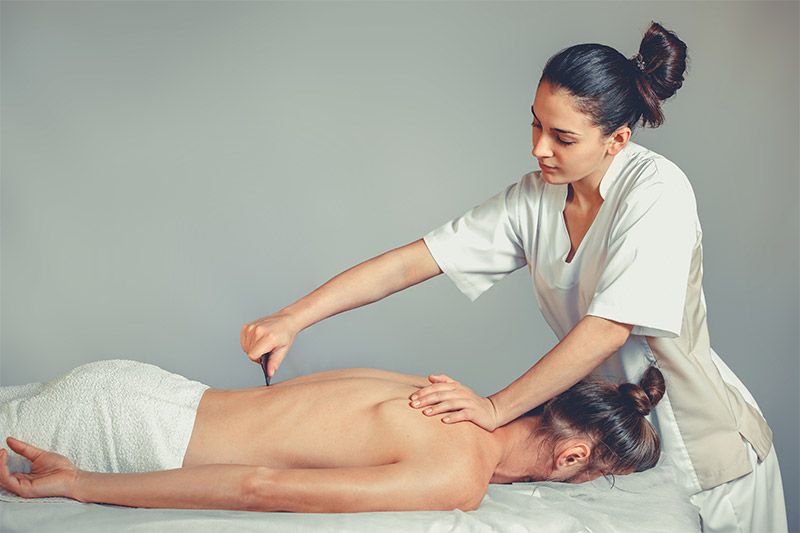
Along with looking for petechia, check the eyes and the oral mucosa for hemorrhages. A more detailed physical exam is also recommended to check for problems in your bloodlines. If you live in an area where dengue fever is common, consider this in your differential. The tourniquet test may also be of value.
What serious complications were associated with Cao Dio?
As a rule, coinage is considered pretty safe, though it may be painful! Camphor poisoning is a rare side effect that has only been reported in one case. Given the bruises associated with coining, it’s not recommended for anyone on anticoagulant or antiplatelet medications (e.g. Von Willebrand’s Disease).
What safety measures shall be taken when doing Cao Gio?
While no infections have been reported, it is highly recommended that sterile material be used for this technique.
See how Cao Giỏ (rubbing or coining) treatment can be done at home in this video
Click Here for more on traditional medicines in Ho Chi Minh City, Vietnam
Click Here for a list of alternative health therapies services in Ho Chi Minh City, Vietnam
